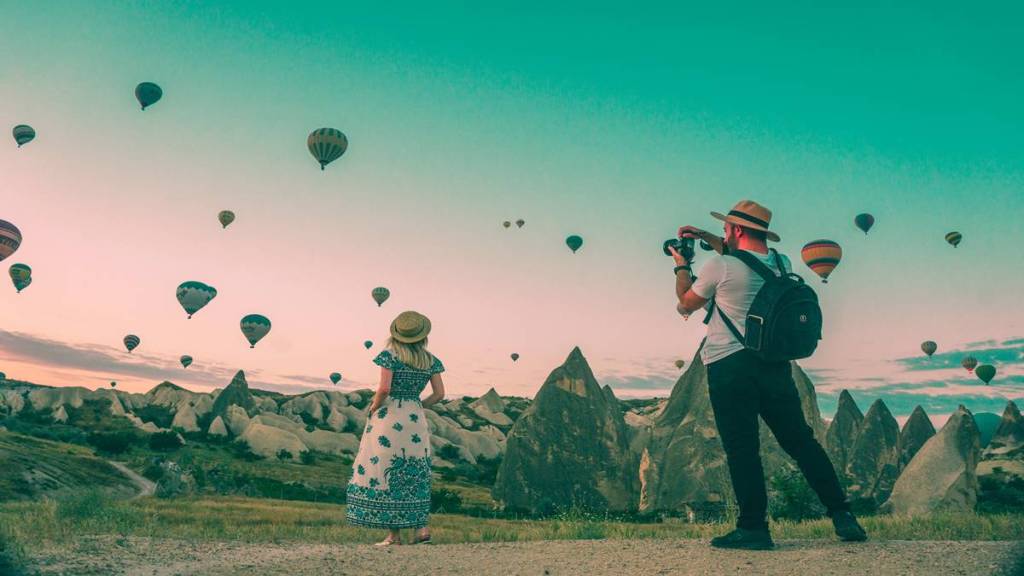As humans step beyond the boundaries of the earth to explore the universe there are still places on earth that are yet to be explored. From valleys, mountains, plain lands, forests to quaint villages the Earth is home to some of the most beautiful landscapes. There are, however, certain parts of the world that are stunning but are not advisable for tourists to visit.
North Sentinel Island, Andaman
Despite being smaller and less well-known than the other islands in this archipelago, North Sentinel, which is covered in mangroves and coral, has largely escaped the attention of the outside world. The Sentinelese, who are this island’s native population, have hardly been influenced by contemporary culture.
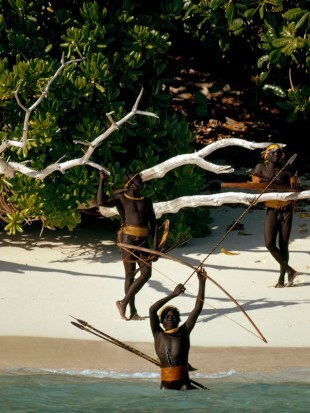
Although the island may sound like paradise, nothing could be further from it. Its location makes it one of the most remote places on Earth, but one of the last uncontacted tribes in the world calls it home. Violence has always been used to interact with the populace throughout history. As per reports of The Guardian, a three-mile restriction zone prevents visitors from entering the territory.
Snake Island or Queimada Grande, Brazil
This island, which is around 100 kilometres off the coast of Sao Paulo, could seem like the perfect exotic location to get lost, but it has been fully overrun by deadly snakes for decades, rendering it uninhabitable.
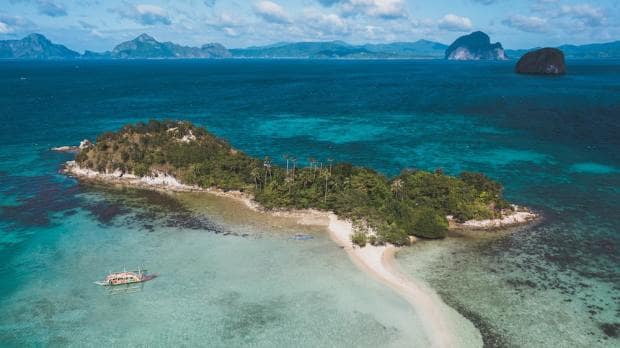
The island has a density of one to five snakes per square metre. The snakes that inhabit here are among the most deadly in the world. The flesh on which the Golden Lancehead viper’s bites can be destroyed within seconds, quick-acting venom, which can grow to a length of up to half a metre. The Brazilian government specifically discourages visiting the island due to this reason.
Heard Island Volcano, Australia
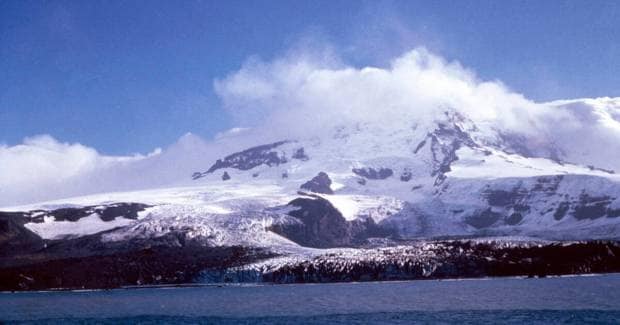
In the Southern Ocean, 1,700 km from the Antarctic continent and 4,100 km southwest of Perth, lie Heard Island and McDonald Islands. The complete lack of alien flora and animals, as well as human impact, gives Heard and McDonald, one of the few pristine island ecosystems in the world, its unique conservation value as per UNESCO. This 368-square-mile land is filled with mountains, 41 glaciers and is also home to seals, penguins and marine birds.
North Brother Island, United States
Since all of North Brother Island’s structures are in a severe condition of decay, access is prohibited without prior authorization. The abandoned buildings and remnants of what was once the city’s quarantine hospital are still being consumed by nature within.
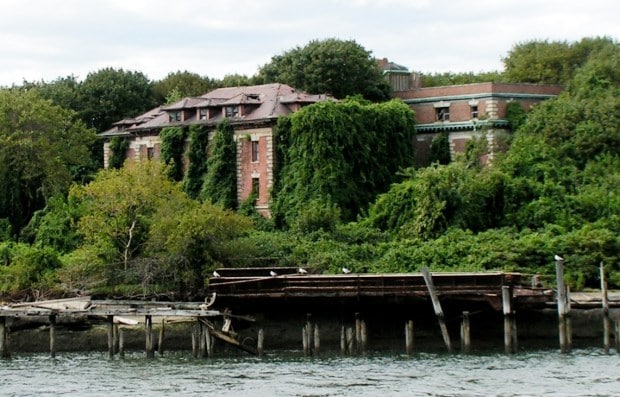
The history of North Brother Island, which was first claimed in 1614, is entwined with death and illness: during the 1880s and as late as the 1940s, the location served as a quarantine for people with highly dangerous diseases. The mortuary on the island housed all the deceased. It served as a drug rehabilitation facility starting in 1951. When North Brother Island was abandoned in 1963, the New York City Department of Parks and Recreation acquired ownership of the area, which it now operates as a bird sanctuary as per Insider reports.
Lascaux Caves, France
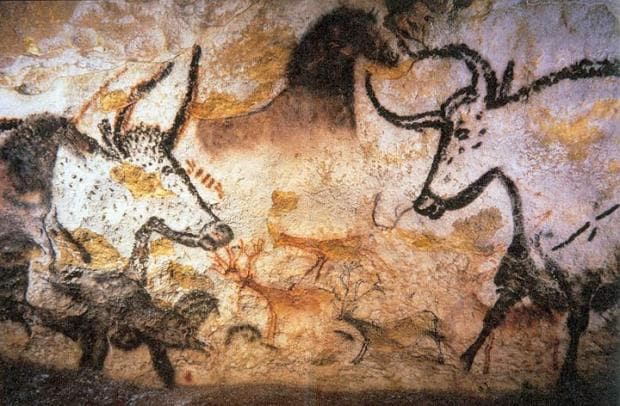
The caves have been fully closed to the general public due to a fungus infestation, with the exception of a few scientists who are allowed access for a brief period of time each month. It is estimated that this location, which is located in Northwestern France, is about 17,000 years old. It reproduces pictures of enormous beasts that, according to fossil discoveries, lived in the caverns 17,000 years ago. This location is recognised as a World Heritage Site by UNESCO.
Tomb of the Qin Shi Huang, China
This location is dedicated to Qin Shi Huang, the first Emperor of China, who passed away in 210 BC and was interred beneath a hill in Central China. Terracotta sculptures portraying Huang’s army, horses, attendants, and staff—commonly referred to as the “Terracotta Army”—are positioned everywhere around the grave, which is made up of perplexing and intricate underground caves.

More than 2,000 statues have been found since it opened in 1974, and scientists think there may be another 8,000 buried nearby.The tomb is closed for the public to show respect to the ancient burial place.
Surtsey Island, Iceland
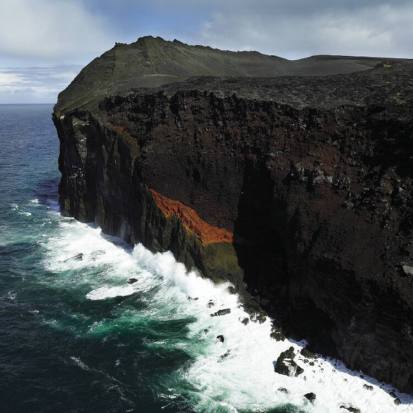
Due to the volcanic eruption the island of Surtsey in Iceland was created 55 years ago, in 1963. A powerful volcanic eruption occurred 32 miles south of Iceland. Since then, the island’s size has been shrinking as a result of wind and water erosion.
The earliest organisms to reach the island were bacteria, fungi, and mould. The diversity of animal and plant species then grew tremendously. The island can be viewed from air but is only allowed for visit to researchers.
If ever given a chance, will you visit these places?
